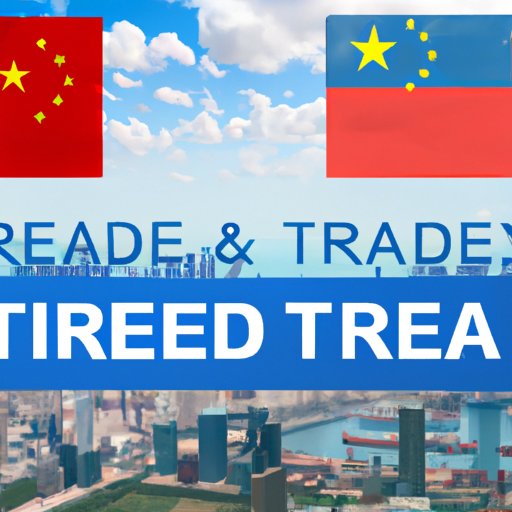
I. Introduction
Free trade zones have become increasingly popular around the world as a way to increase economic growth, attract foreign investment, and promote international trade. In China, the government has established several free trade zones since the early 1980s. This article aims to explore the reasons behind the creation of free trade zones in China, the economic and political impact of these zones, and the potential future prospects and challenges.
II. Historical Perspective
China began shifting towards a more capitalist-oriented economy in the late 1970s, after years of strict communist policies. However, this transition was not without challenges, including a lack of foreign investment and economic growth. In response, the Chinese government introduced free trade zones in the early 1980s as a way to attract foreign investment, promote exports, and spur economic growth. These zones were initially located in the Guangdong province, near Hong Kong, and have since expanded to other regions.
III. Economic Analysis
The establishment of free trade zones has had a significant economic impact on China. By reducing trade barriers, these zones have encouraged foreign investment and trade, and have helped to diversify the Chinese economy. The success of China’s free trade zones can be seen when compared to other countries that have implemented similar policies, such as India and Vietnam. Sectors that have benefited the most from free trade zones include manufacturing, logistics, and financial services.
IV. Political Context
China’s Communist Party played a critical role in promoting economic liberalization and the creation of free trade zones. The government was motivated by a desire to attract foreign investment and increase economic growth, in addition to recognizing the need for modernizing and diversifying the economy. Political factors such as the 2008 financial crisis and growing trade tensions with the United States have also played a role in the expansion of China’s free trade zones.
V. Geographic Factors
The Chinese government carefully selected regions to establish free trade zones based on several geographic factors. These regions were chosen based on their proximity to transportation infrastructure, availability of resources, and existing economic conditions. Additionally, the local environment plays a vital role in the success of free trade zones, as it can influence the types of businesses that can operate within them.
VI. International Cooperation
China’s participation in international organizations, such as the World Trade Organization (WTO), has influenced its trade policies and the establishment of free trade zones. The WTO requires member countries to reduce trade barriers, which has motivated China to create policies that align with international standards. Additionally, cooperation with other countries, such as the ASEAN-China Free Trade Area, has helped to deepen economic ties and promote trade and investment.
VII. Future Prospects
The potential for expansion and continued growth of free trade zones in China is significant. The government has announced plans to establish more free trade zones and expand existing ones. However, there are potential drawbacks and challenges associated with this type of economic model, such as the potential for decreased tax revenue and the risk of becoming too dependent on foreign investment.
VIII. Conclusion
The establishment of free trade zones in China has been a critical part of the country’s economic liberalization efforts. By reducing trade barriers and attracting foreign investment, these zones have helped to diversify and modernize the Chinese economy. However, the success of free trade zones requires careful consideration of the economic, political, geographic, and international factors that influence their development.




